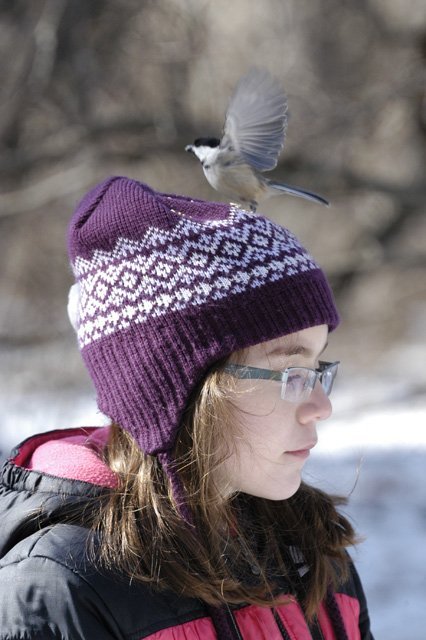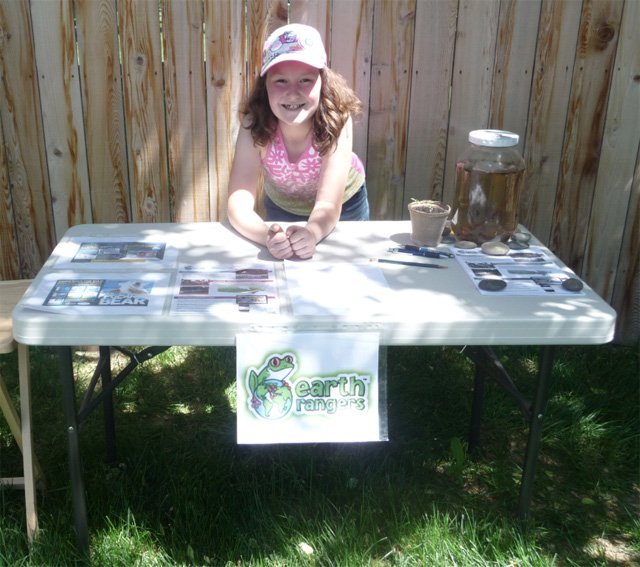Take a piece of land, add some water and keep it submerged for most of the year and what do you have? A wetland! Bogs, swamps, fens and marshes are the four main types of wetlands. Fens and marshes do not have trees while bogs and swamps usually have trees. Wetlands are filled with all kinds of amazing plants and animals, from frogs and fish to reeds, grasses, insects and birds such as common yellowthroats and red-winged blackbirds. Wetlands are among the most biodiverse habitats and even have carnivorous plants like pitcher plants! Besides giving a home to tons of species, wetlands also protect against floods and erosion in coastal areas, clean (“filter”) water, serve an important role in the water cycle and are beautiful spots to explore!
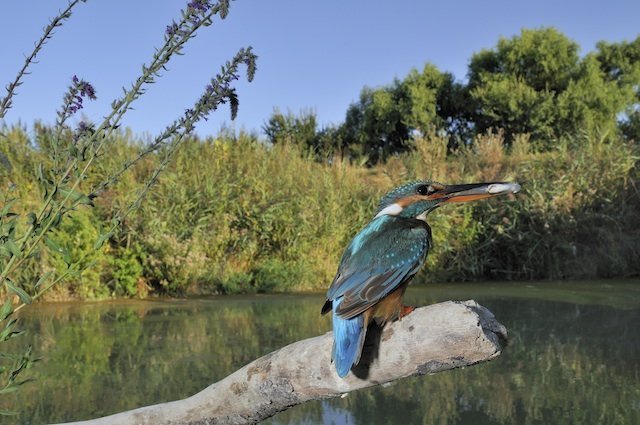
Wetlands take up around 6% of the planet and Canada has a whopping 14% of the world’s wetlands. Sadly, many wetlands have been drained or filled in for agriculture and development, which has put this habitat at risk. That’s why we’re going wild for wetland saving!
The Earth Rangers Wetland
Earth Rangers is protecting wetlands right in our own backyard in Vaughan, Ontario, as part of Project iRestore. Building a wetland is a pretty big job with many more steps than just leaving the hose on in your backyard; that strategy will just get you a flood. What we’re talking about is building an entire wetland ecosystem! How do you build a wetland? Here’s our seven step ‘Wetlandification’ Plan:
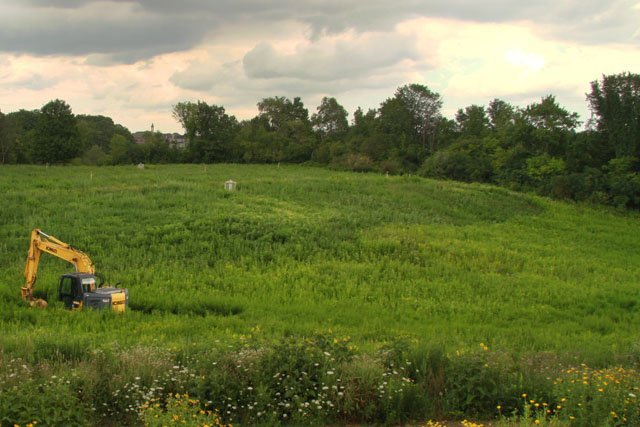
1) Inspect the area to see if it’s suitable for a wetland, looking for low lying areas that water drains into naturally (eg a low area in a field) and soil with clay.
2) Remove the invasive species.
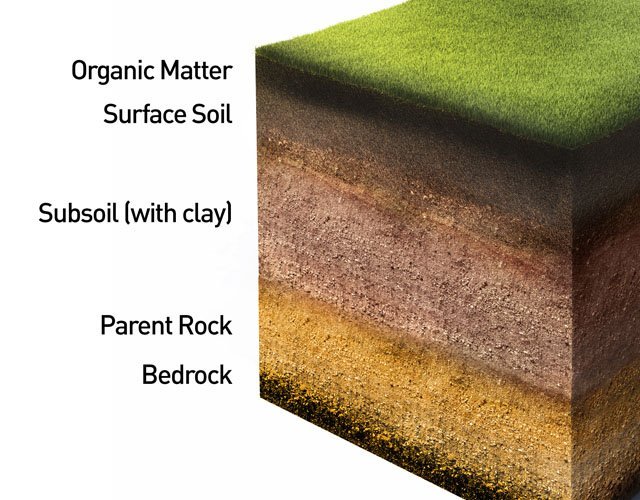
3) Dig out the topsoil and put it off to the side. Keep on digging until you find some clay.
4) Dig up the clay and spread it around the bottom of the low lying area where you want the wetland to be. This step helps the basin hold water.
5) Make narrow ridges (“berms”) around the perimeter of the basin using some of the clay, then cover these ridges with the topsoil we dug out in step #3. Our wetland fills naturally with rainwater and surface run-off so now would be a good time for a rain dance.
6) Put some special rocks, called Gabion stones, at one end of the wetland in the middle of the berm to help keep the water level in the wetland constant. For our wetland at Earth Rangers, if the water level starts to rise too much the excess water filters through these Gabion stones into the nearby Humber River.
7) Plant tons of native grass seed on the top of the berm to help reduce soil erosion. Along the edge of the wetland plant aquatic plants, set up nest boxes for songbirds and ducks, and place logs and woody debris to make microhabitats and basking areas for turtles. Trees should also be planted around the edge to help reduce erosion and filter the water coming into the wetland.
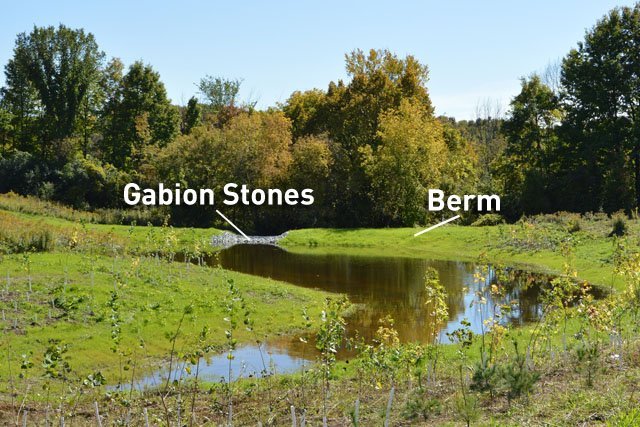
Kids in the Wetland
Earth Rangers is helping to protect wetlands in British Columbia. As part of last year’s Bring Back the Wild project we worked with the Vancouver Aquarium to save the Oregon spotted frog. Thousands of Earth Rangers kids campaigned for this endangered amphibian, raising money to support a breeding and tadpole release program and to build a wetland for these frogs in Aldergrove Regional Park, British Columbia. Not only did Earth Ranger kids help fundraise for the frogs some students also headed out into the mud to help build it. How awesome is that?!!
Two grade 7 classes from Berkshire Park Elementary School in Surrey British Columbia were invited to visit the Oregon spotted frog’s new wetland home. The students did some planting to help make this spot even nicer for the over 8,000 Oregon spotted frogs that have been released here. What’s it like making a wetland? We asked the students of Berkshire Elementary School and here’s what they said.
[testimonial client=”Dilshaad”]“I had an amazing time on the trip to Aldergrove Regional Park. I had fun helping save the Oregon spotted frog by planting lots of plugs to help build a wetland.” [/testimonial]
[testimonial client=”Sophia”]“We spent our time planting tallgrasses so we could re-create a wetland. Our class learned that the Oregon spotted frog is endangered.”[/testimonial]
[testimonial client=”Sara”]When we were there we were ready to get our hands dirty and plant plugs to build a wetland for Oregon spotted frogs and other species. In about 20 years there will be a fully developed habitat.” [/testimonial]
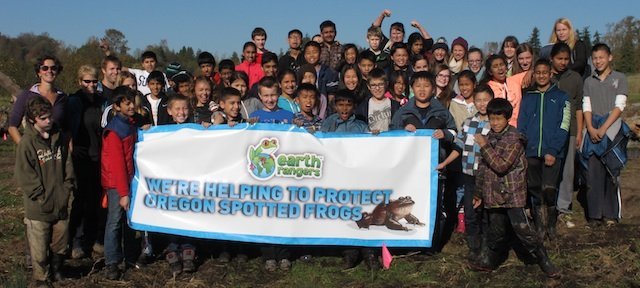
Find out more about wetlands or the Oregon spotted frog but most importantly, explore the wetlands in your area with your parents to see what YOU can discover!
[accordion_set] [accordion title=”References” active=”no”] http://www.aquatic.uoguelph.ca/wetlands/chintro.htm
http://www.ec.gc.ca/eau-water/default.asp?lang=En&n=27147C37-1 [/accordion][/accordion_set]



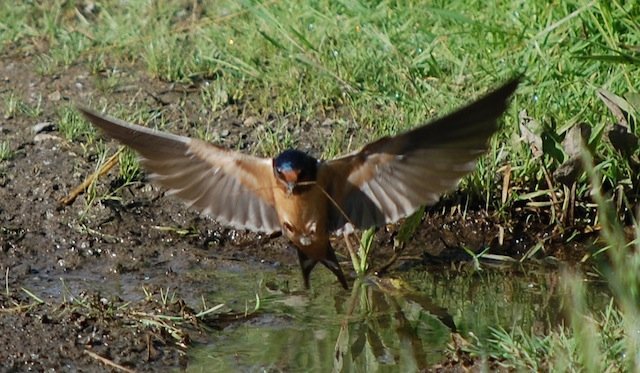

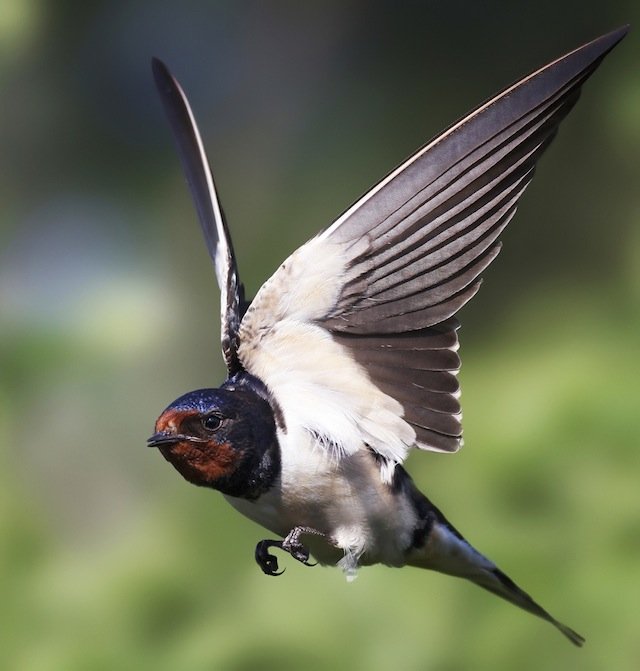

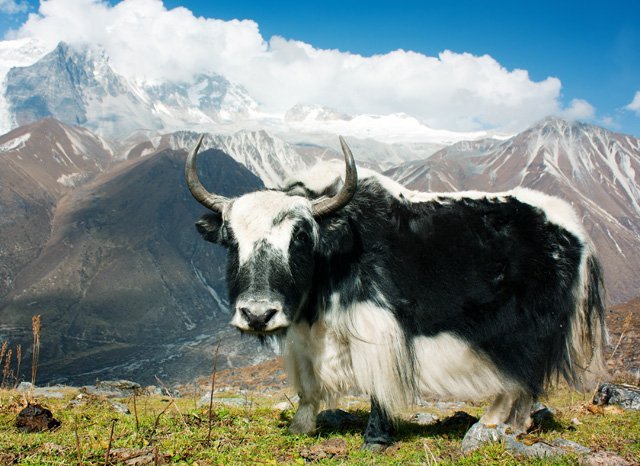



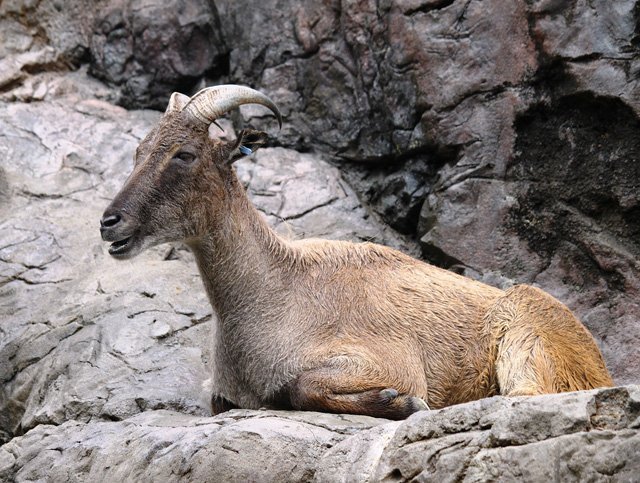


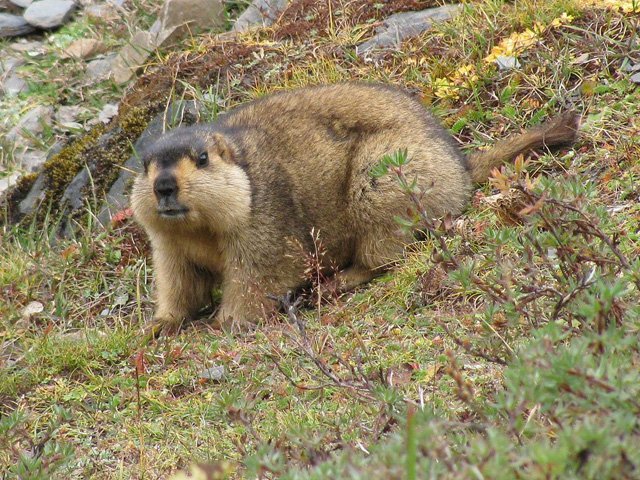

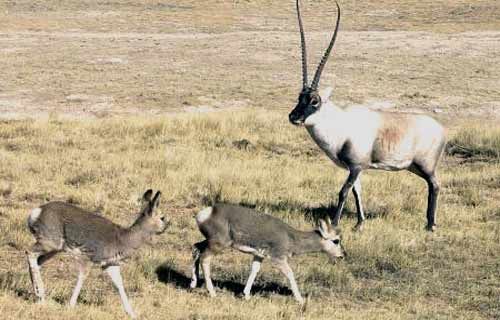
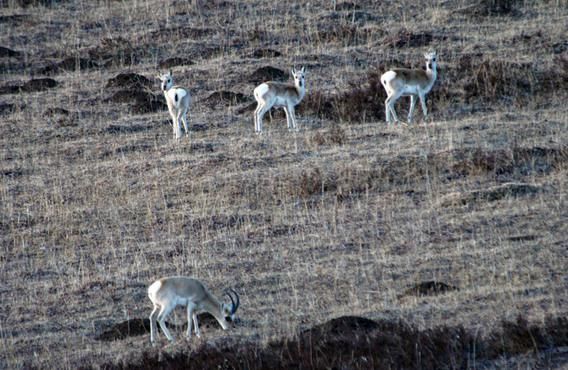


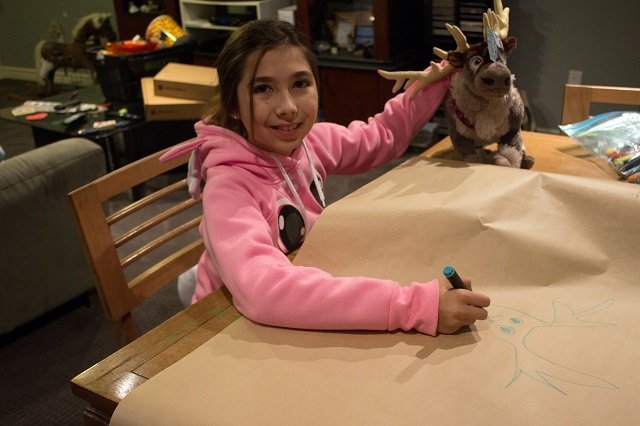
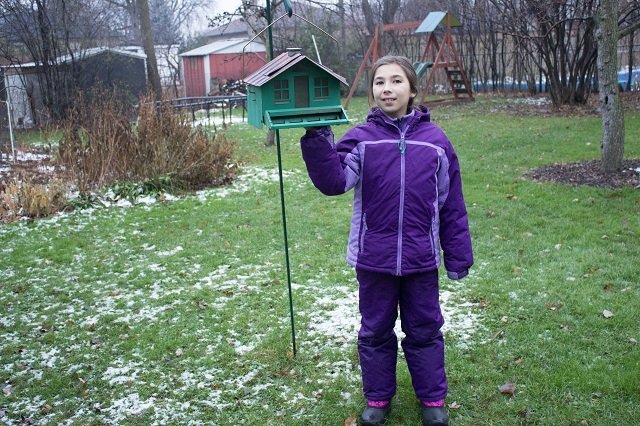
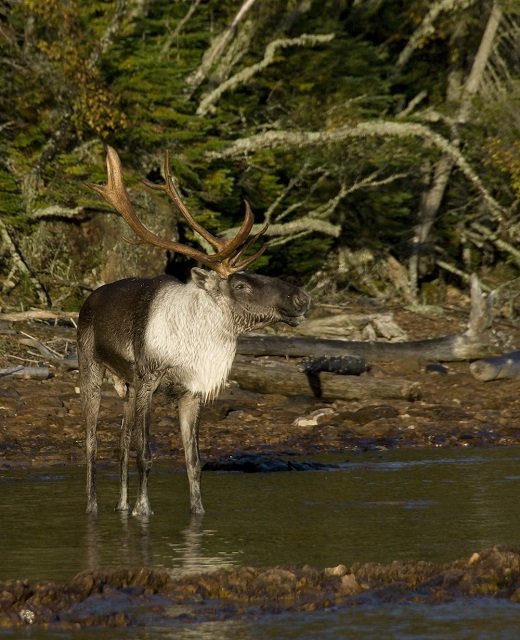

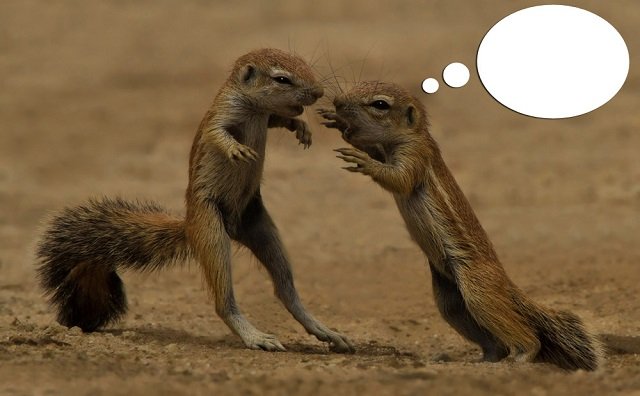

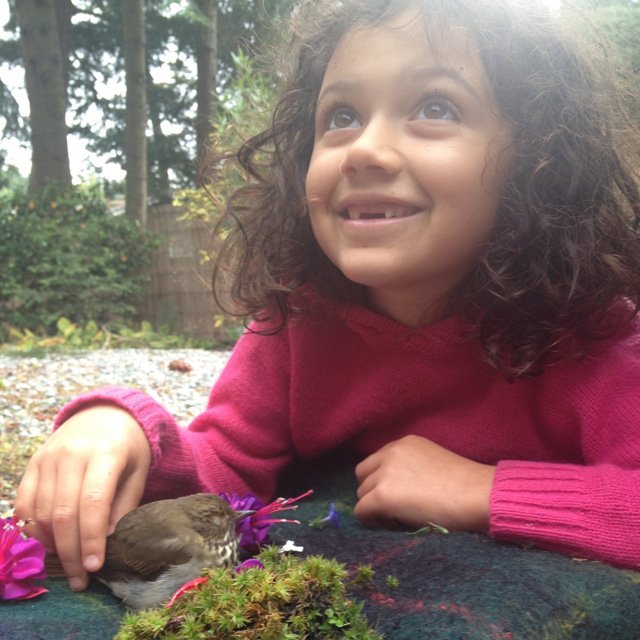



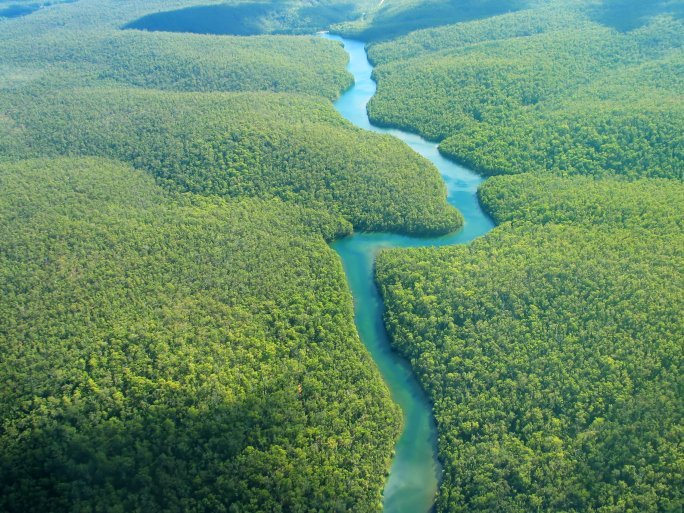

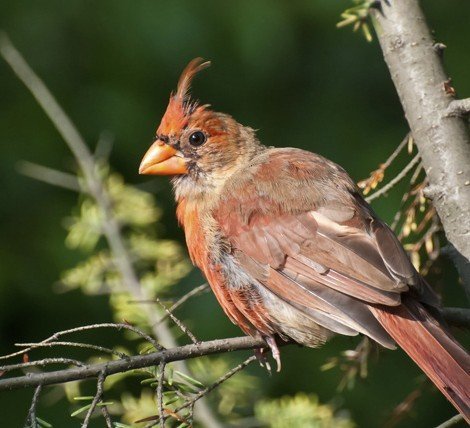

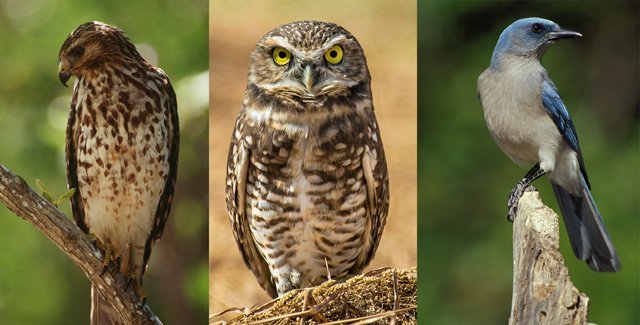
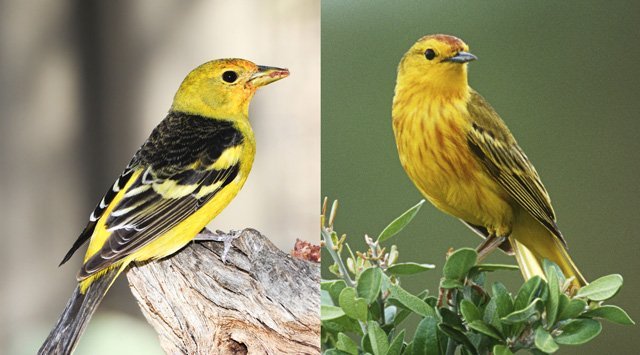
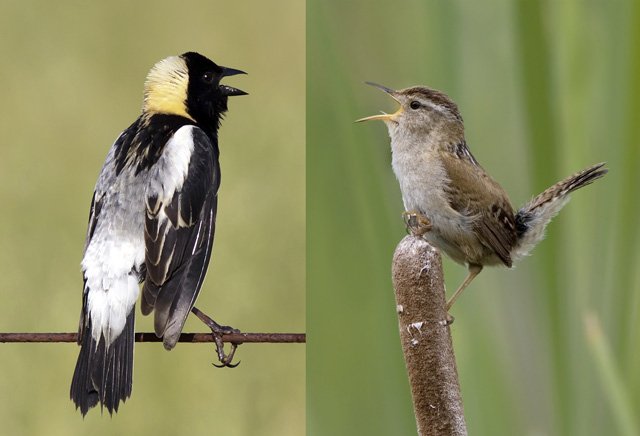
 Moulting is a very intense process and can be very taxing on birds. It takes a lot to of energy (and food) to grow new feathers! During this time, the birds will add more protein, calcium and iron to their diet. They also move around less because it is difficult for a bird to fly very much when it is growing new feathers. Even though moulting is tough for birds, growing a new set of feathers is really important. After all, feathers are vital for regulating body temperature, protection and camouflage, attracting a mate and, of course, flying!
Moulting is a very intense process and can be very taxing on birds. It takes a lot to of energy (and food) to grow new feathers! During this time, the birds will add more protein, calcium and iron to their diet. They also move around less because it is difficult for a bird to fly very much when it is growing new feathers. Even though moulting is tough for birds, growing a new set of feathers is really important. After all, feathers are vital for regulating body temperature, protection and camouflage, attracting a mate and, of course, flying!
